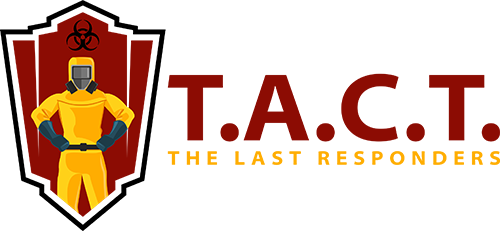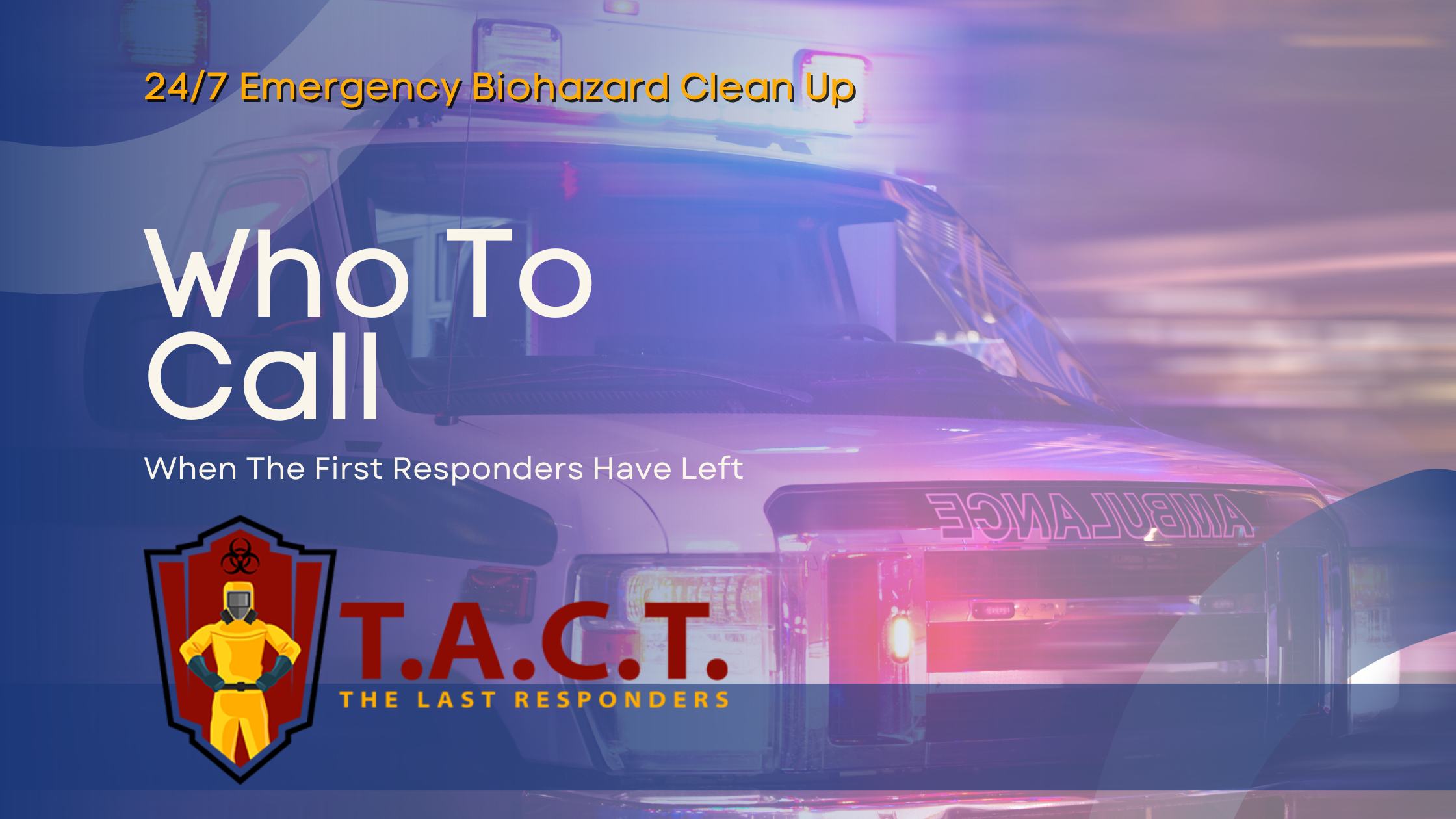Biological hazard cleaning

The Ultimate Guide to Biological Hazard Cleaning Services
Biological hazard cleaning involves safely removing hazardous biological materials to prevent disease and ensure safety. This article covers types and sources of biohazards, why professional cleanup is critical, and the cleanup process.
Key Takeaways
Biological hazards include disease-causing pathogens found in bodily fluids, necessitating professional cleanup to ensure safety and health.
Professional biohazard cleanup involves a systematic process, including initial assessments, PPE usage, and proper containment and removal to prevent contamination.
Choosing an experienced and certified biohazard cleanup service is essential for compliance with legal standards and effective remediation of hazardous materials.
Understanding Biological Hazards

A biohazard is a biological agent that can threaten humans. It can also pose risks to the environment. These agents can be disease-causing pathogens like bacteria, viruses, fungi, and other microorganisms that spread through various exposure methods, leading to significant health issues. Common biohazards include Covid-19, influenza, and STIs, often found in bodily fluids such as blood and saliva.
Biological hazards are categorized based on their potential risk to human health, ranging from BSL-1 (least dangerous) to BSL-4 (most dangerous). These hazards can be transmitted through contact, droplet spray, and aerosols, making them highly contagious in certain environments. The transmission of pathogens through blood, body fluids, and environmental contact poses significant health risks, necessitating stringent biohazard cleanup procedures.
Recognizing biological hazards helps highlight the necessity for professional biohazard cleaners. These professionals are trained to handle and dispose of biohazardous materials safely, ensuring that the environment is thoroughly decontaminated and safe for human health. They also clean biohazards effectively.
Common Sources of Biological Hazards
Biological hazards are more common than you might think and can arise from a variety of sources. Here are some examples:
Residential buildings with leaking pipes or rodent infestations are prime environments for mold and bacterial growth.
Assisted living facilities can become hotspots for viral outbreaks due to the close proximity of residents.
Hotels and nightlife venues often harbor biological risks from bodily fluids and sharps waste, which can lead to contamination if not properly managed, along with other biohazards.
Biohazard exposure can happen in homes, workplaces, and public spaces, necessitating a robust cleanup process. Common biohazards include blood, saliva, mold, and bites from insects, all of which can pose significant health risks if not addressed promptly. Insects and arachnids, for example, can transmit diseases through their bites and stings, adding another layer of complexity to mold remediation and biohazard remediation.
Neglecting biohazardous materials can severely contaminate the environment, impacting air and water quality. Hazardous waste, if not disposed of correctly, can pollute drinking water and poison wildlife, highlighting the critical need for professional biohazard cleaning services. Regular cleaning and maintenance prevent exposure to these harmful contaminants, including human waste and chemical spills, ensuring a safe living environment.
The Importance of Professional Biohazard Cleanup
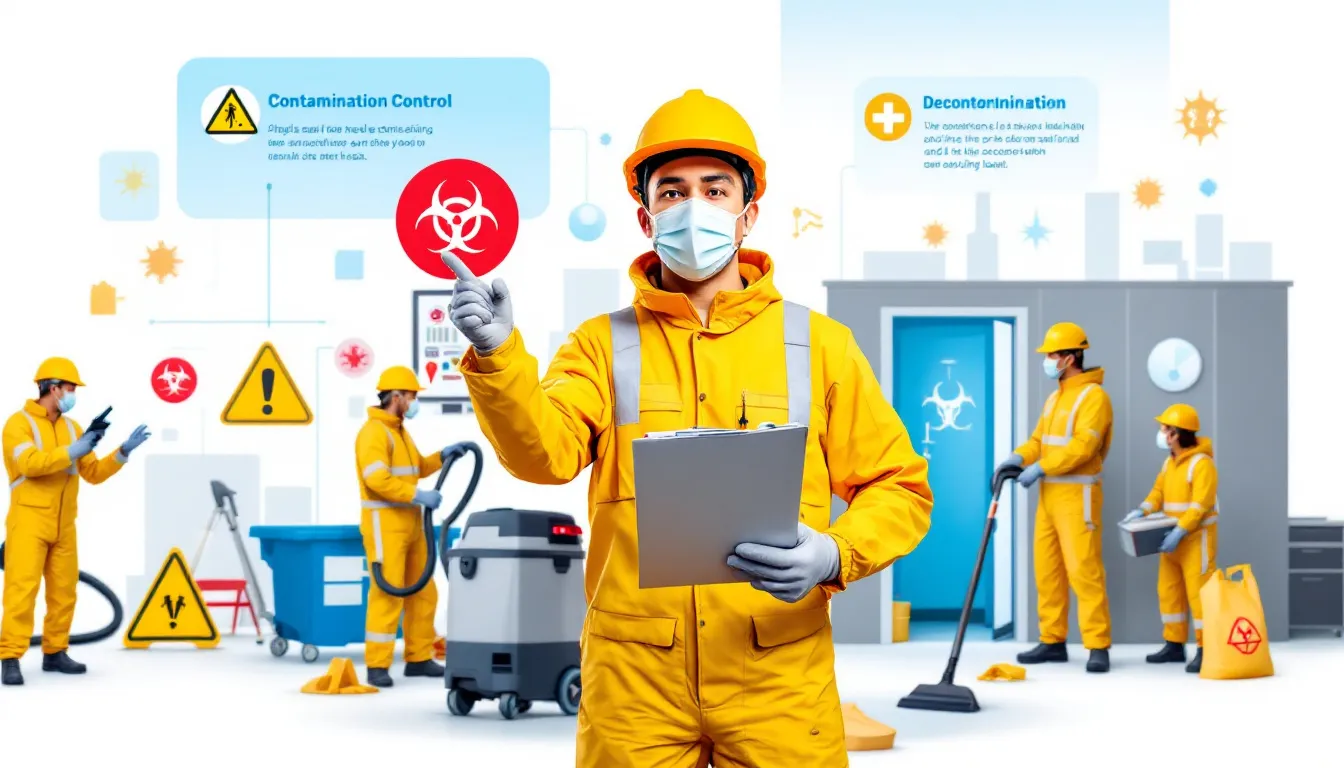
Professional biohazard cleanup is a necessity for ensuring safety and health regulation compliance. Trained professionals are equipped to handle biohazardous materials safely and effectively, using specialized equipment and techniques to ensure thorough decontamination. This becomes especially important in emotionally challenging situations like crime scenes, where the psychological impact can be overwhelming. Biohazard removal is essential in these scenarios to maintain a safe environment.
Professional services provide not only the technical expertise needed for effective cleanup but also compassionate support during difficult times. Specialized cleaning companies employ advanced methods and high-quality tools for professional cleaning to eradicate biohazards, making the area safe for future use. Their work is vital in preventing hazardous exposure and promoting public health.
Step-by-Step Biological Hazard Cleanup Process
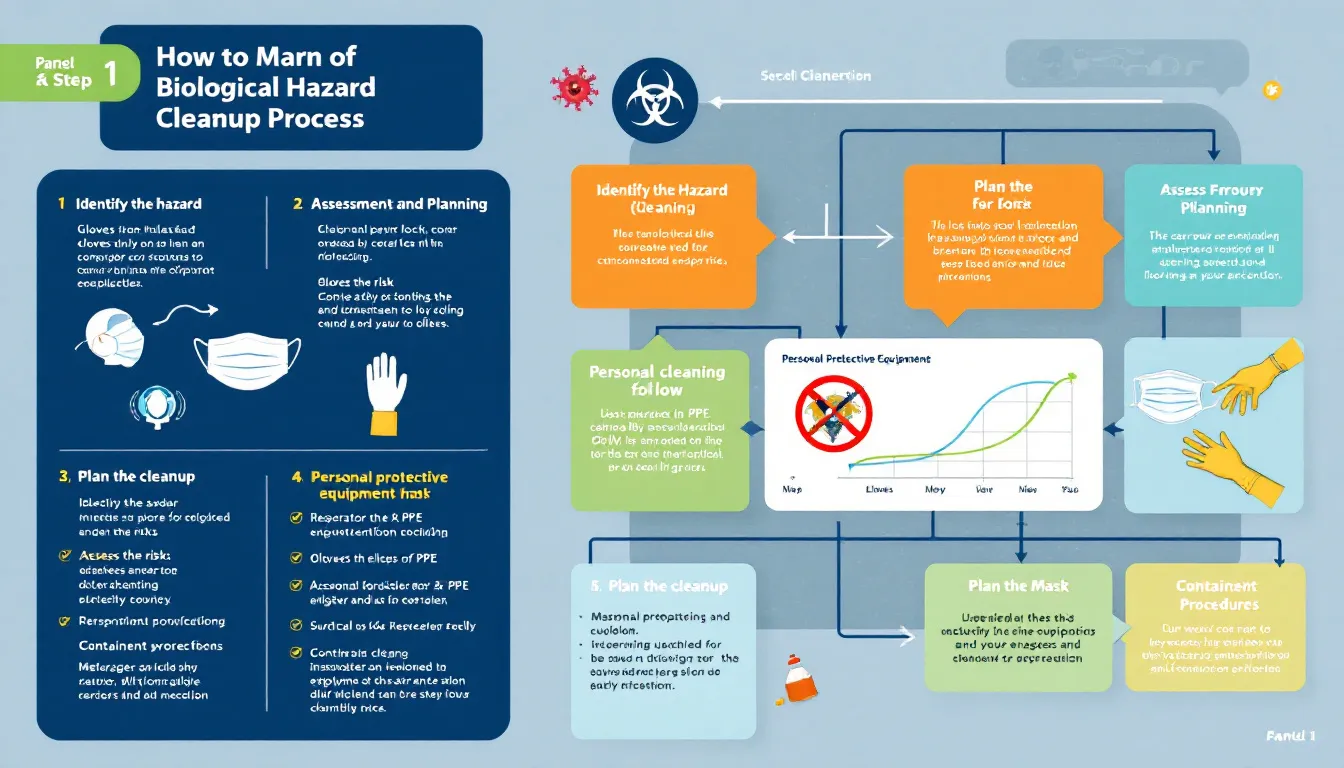
Biohazard cleanup requires a systematic approach for thorough and effective decontamination. This process can be broken down into several key steps, each crucial for addressing the specific challenges posed by biohazardous materials.
Each step, from the initial assessment to using personal protective equipment (PPE) and finally containment and removal, ensures the cleanup’s safety and effectiveness.
Initial Assessment
The initial assessment marks the first critical step in the biohazard cleanup process. During this stage, professionals identify the specific biohazards present in the affected area, evaluating the entire space to determine the level of contamination. This assessment is crucial for developing an effective cleanup plan tailored to the unique challenges of the situation.
Accurate evaluations guarantee that the cleanup methods effectively address identified risks. Tools like Adenosine Triphosphate (ATP) testing can measure the presence of living organisms, providing a clear picture of the contamination level. This detailed assessment guarantees a thorough and effective biohazard cleanup process.
Use of Personal Protective Equipment (PPE)
During biohazard cleanup, workers face significant risks such as exposure to hazardous materials, which can lead to serious health issues. High-quality personal protective equipment (PPE) is crucial for ensuring safety. This includes liquid/airtight clothing, goggles, respirators, and gloves, all designed to provide comprehensive protection against potentially infectious materials.
Adhering to OSHA regulations is vital for the safe handling and disposal of biohazard waste. Using proper equipment not only protects against infection but also prevents chemical injuries that can occur during the cleanup process.
This meticulous safety focus protects both the cleanup team and the cleans clean environment throughout the process.
Containment and Removal
Once the initial assessment is complete and PPE is in place, the next step is containment and removal. Professionals start cleaning at the hazard source and search the entire property to ensure no area is overlooked. Advanced techniques such as negative air pressure systems and air filters are used to prevent the spread of contamination.
Once contaminated items are removed, the space is thoroughly cleaned and decontaminated in the contaminated area. Strict government, environmental, and health regulations are followed using the safest and most effective cleaning tools to ensure compliance. This meticulous process ensures that all biohazardous materials and contaminated materials completely eradicate, leaving the area safe and sanitized.
Specialized Cleaning Techniques
Professional biohazard cleaners utilize specialized equipment and approved cleaning agents designed specifically for eliminating biohazards. For instance, enzyme cleaners are often used to liquefy and disinfect biohazards like blood during crime scene cleanup. These specialized cleaning agents are essential for effective biohazard remediation, often requiring a multi-step cleaning approach by a biohazard cleaner.
ATP testing is employed post-cleanup to ensure effective decontamination by measuring residual biological materials. This testing provides a quick way to assess biological contamination levels, ensuring that the cleaned area meets strict hygiene standards.
Advanced techniques and tools distinguish professional biohazard cleaning services, ensuring every job cleaning task is handled by technicians with precision and care through ongoing training.
Health Risks Associated with Biological Hazards
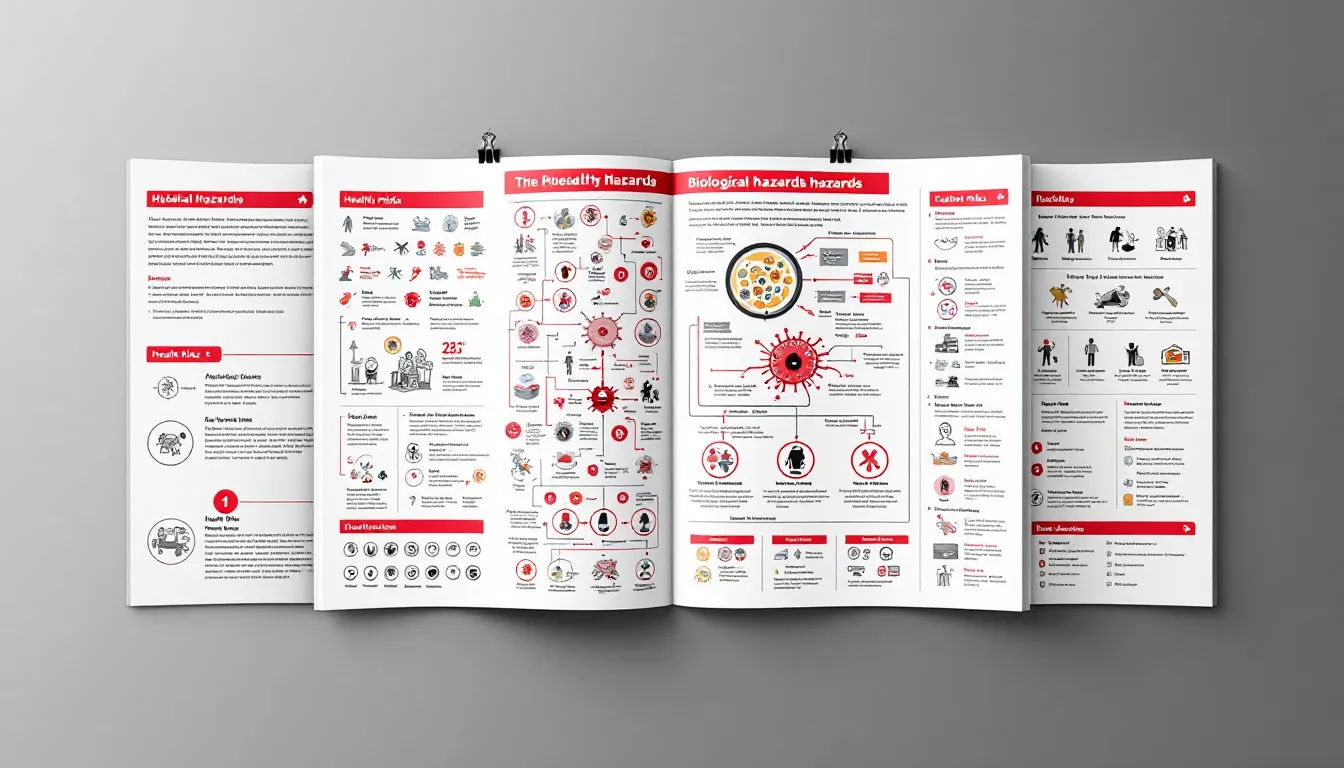
Exposure to biological hazards can lead to both immediate and long-term health consequences. Pathogens such as HIV, Hepatitis B, and MRSA can be transmitted through blood, body fluids, airborne particles, and contaminated surfaces. These infectious diseases pose serious risks to human health, making it crucial to handle biohazard cleanup with the utmost care and professionalism.
Handling biohazard cleanup independently can result in incomplete decontamination, leaving harmful residues that can cause serious health issues. Professional biohazard cleaners are trained to deal with these risks, ensuring that all potentially infectious materials are safely and thoroughly removed. This meticulous approach minimizes the risk of infection and promotes a safe and healthy environment.
Legal and Regulatory Requirements
Biohazard cleanup services must follow specific legal requirements to minimize liability and protect public health. Regulatory bodies impose strict compliance rules that biohazard cleanup services must follow to ensure safety and legal adherence. Choosing a certified biohazard cleanup provider ensures compliance with industry safety standards and reduces potential liabilities.
Proper disposal of biohazardous materials should involve environmentally responsible methods to meet legal standards. This adherence to regulations not only ensures public safety but also promotes environmental sustainability, making professional biohazard cleanup services indispensable. Disposing of biohazardous materials properly is crucial for compliance and safety.
Cost Factors in Biohazard Cleanup
The severity of the biohazard situation impacts cleanup expenses, with more complex cases resulting in higher costs. Larger affected areas require more resources, increasing the overall cost due to additional materials and labor. High-risk cleaning scenarios necessitate advanced safety measures, contributing to higher service costs.
Hourly rates for biohazard cleanup professionals typically range from $75 to $250, depending on expertise and equipment used. Costs can vary widely based on the type of biohazard and the extent of the cleanup required, with expenses ranging from $1,000 for crime scenes to $25,000 for industrial spills.
Insurance coverage for biohazard cleanup costs can vary, with some policies allowing direct billing to the insurance company. Cost transparency is crucial to avoid unexpected fees and ensure clarity for clients.
Choosing a Professional Biohazard Cleanup Service
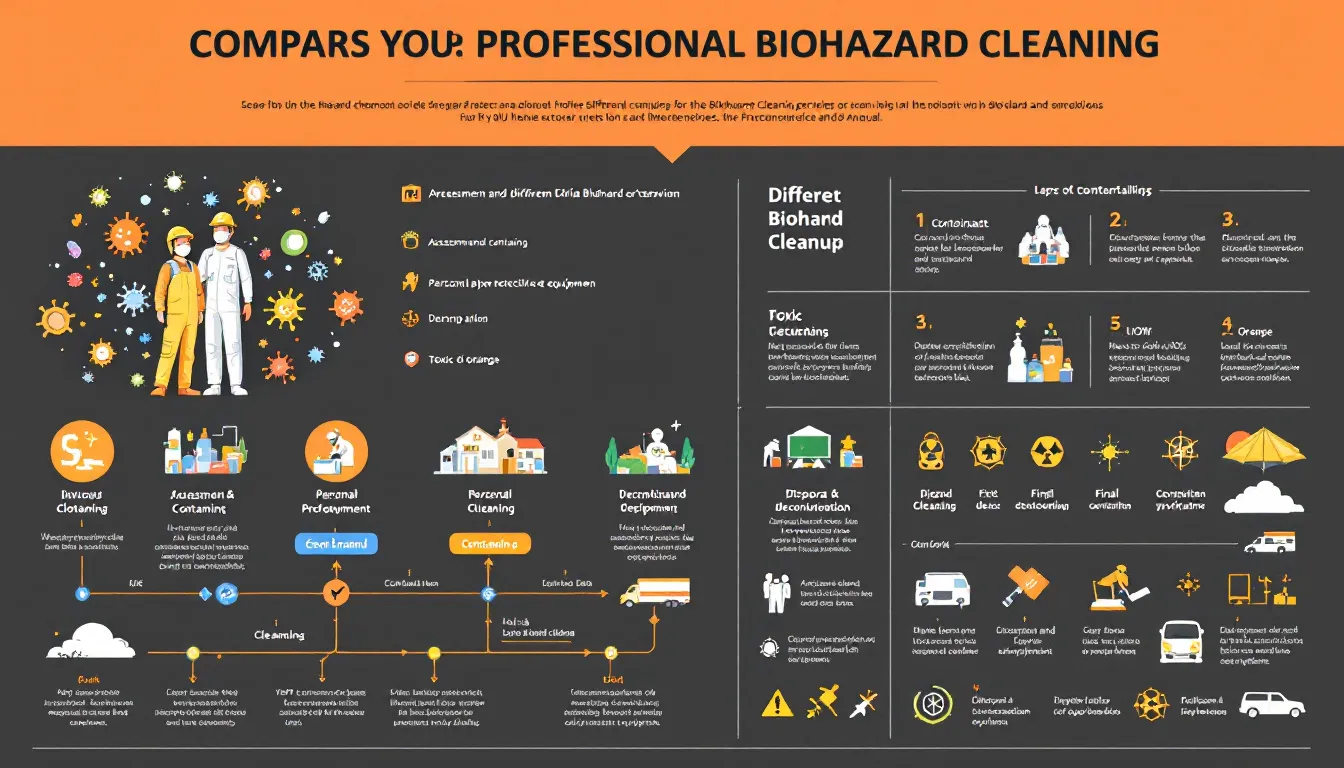
When choosing a professional biohazard cleanup service, experience is a critical factor. Experienced providers are more likely to handle hazardous situations effectively, ensuring thorough and safe cleanup. Prompt emergency response times can significantly improve the management of biohazard incidents.
Customer reviews and references offer valuable insights into the track record and reliability of the cleanup service provider. Understanding quotes from different providers, including looking for detailed breakdowns, ensures transparency in pricing and helps you make an informed decision.
Choosing the right service ensures biohazard cleanup is handled professionally and efficiently.
Innovative Technologies in Biohazard Cleanup
Innovative technologies are transforming biohazard cleanup. Robots are now utilized to perform hazardous tasks and conduct UV-C light disinfection, reducing the risk for human workers. Drones enhance safety by surveying extensive contamination areas, providing a comprehensive overview without putting cleanup crews in danger.
Air sanitizing can be achieved using technologies like UV light sources and hydroxyl generators during cleanup. Advanced tools and techniques ensure biohazard cleanup is thorough and efficient, setting new industry standards.
Summary
In conclusion, biohazard cleaning services are essential for ensuring safety and compliance with health regulations. From understanding the nature of biological hazards to exploring the latest cleanup technologies, we’ve covered the critical aspects of biohazard remediation. Professional cleaners provide the expertise, equipment, and emotional support needed to handle these challenging situations effectively.
Remember, the importance of professional biohazard cleanup cannot be overstated. Whether dealing with a crime scene, industrial accident, or any other biohazardous situation, choosing a certified and experienced provider is crucial. Stay informed, stay safe, and always prioritize health and safety in environments contaminated by hazardous materials.
Frequently Asked Questions
What are biological hazards?
Biological hazards refer to agents such as bacteria, viruses, fungi, and other microorganisms that can threaten human health or the environment. It's essential to recognize these hazards to ensure effective safety measures are in place.
Why is professional biohazard cleanup important?
Professional biohazard cleanup is crucial for ensuring safety and compliance with health regulations, as it provides thorough decontamination, preventing hazardous exposure and promoting public health.
What are the common sources of biological hazards?
Common sources of biological hazards are residential buildings, assisted living facilities, hotels, crime scenes, and places with high human activity where bodily fluids or waste may be found. These environments pose significant health risks due to potential exposure to harmful pathogens.
What factors influence the cost of biohazard cleanup?
The cost of biohazard cleanup is primarily influenced by the severity of the situation, the size of the affected area, and the associated risk level, with expenses varying significantly from around $1,000 for simpler crime scenes to $25,000 for more extensive industrial spills.
What innovative technologies are used in biohazard cleanup?
Innovative technologies in biohazard cleanup include robots for hazardous tasks, drones for surveying, and UV-C light for disinfecting, all aimed at improving safety and efficiency in the cleanup process.
Latest news

Nosy neighbors peeking? T.A.C.T. North Atlanta offers discreet biohazard remediation for rodent infestations, mold, hoarding, and more. Unmarked vehicles, quiet experts, full privacy—24/7 service at 470-781-4775.
Read More